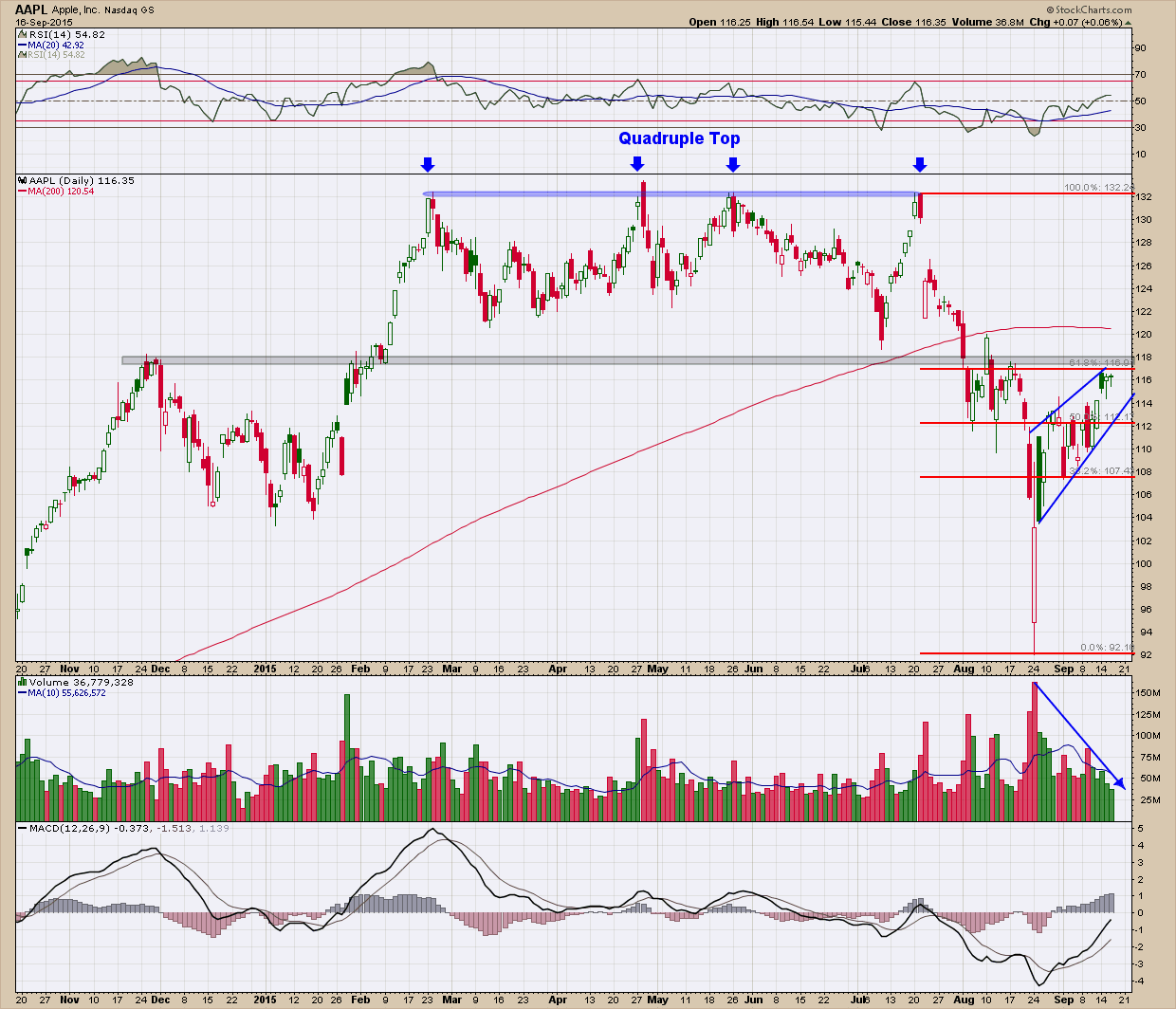It’s time to blow the dust off my “risk on/risk off” chart as it’s been a while since I have shown it. For those that have not seen it before, in the upper pane of the chart is a 20 year look at the SP500 stock index to 30 year US Treasury bond price ratio. In a “risk on” environment (where investors want to own stocks) the lines on this chart will be moving higher. When investors become risk averse money moves into bonds (or cash) and out of stocks as they are perceived as a safer haven and the direction of the line will move lower. This illustrates the concept that investment dollars are always rotating, moving from one investment to another. Most of the time money moves to where investors believe will provide the best returns. I said “most of the time” because there are times where investors become fearful and when that occurs it’s not about return “on” capital but rather return “of” capital (capital preservation).
In the bottom pane is a plot of the SP500 index price.
The beauty of this long term view is that it goes far enough back to include the past 2 major bear markets (2000 and 2008) and as such provides an analog of what the chart may look like the next time a bear market arrives. What should stand out is that in the past two bears this ratio did an excellent job of identifying stock market tops and provided a heads up to investors to reduce risk and lighten up on equity exposure. As you get with most long term moves that are running out of gas, divergence forms which cements the bearish story as the ratio rolls over and begins its decent. The one thing I find very interesting is that tops in this ratio have preceded actual tops in the stock market, in other words it has been a leading indicator
If you are struggling interpreting the chart the main thing you should take away is that we are at a decision point. Starting very soon, the stock market needs to outperform bonds otherwise this indicator is warning of the potential for a much deeper equity selloff. As always, no one knows where prices go in the future and indicators and charts can only provide potential paths. As investors, we need to make decisions based upon a weight of the evidence and this chart provides one more piece that shows the markets are at a crossroads. Until I get additional confirmation (in either direction) I continue to believe erring on the side of conservatism is the prudent path.






